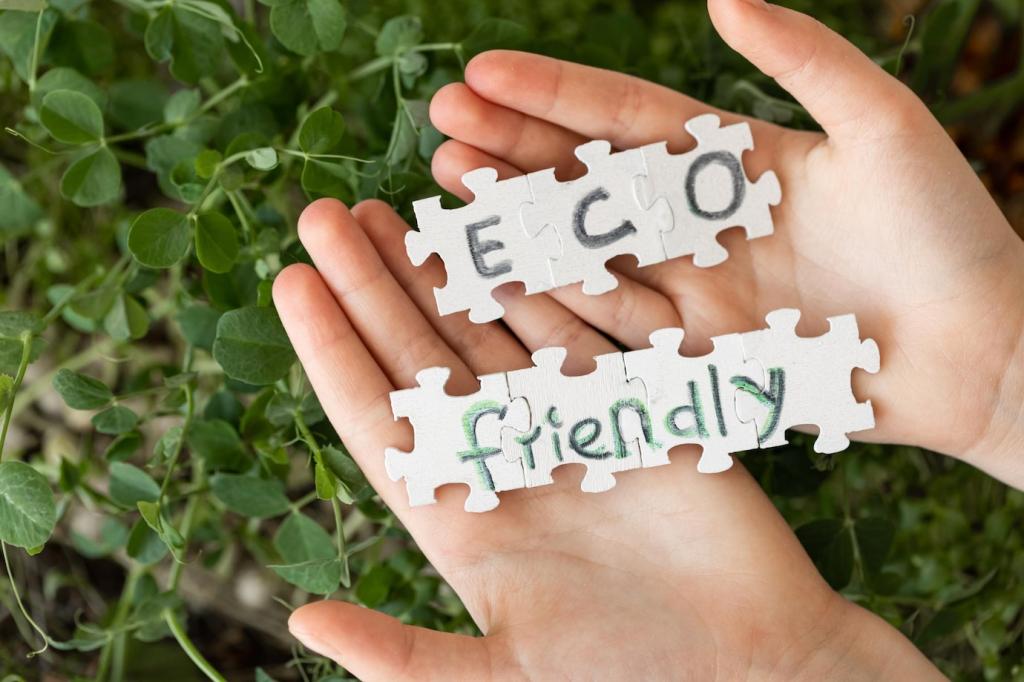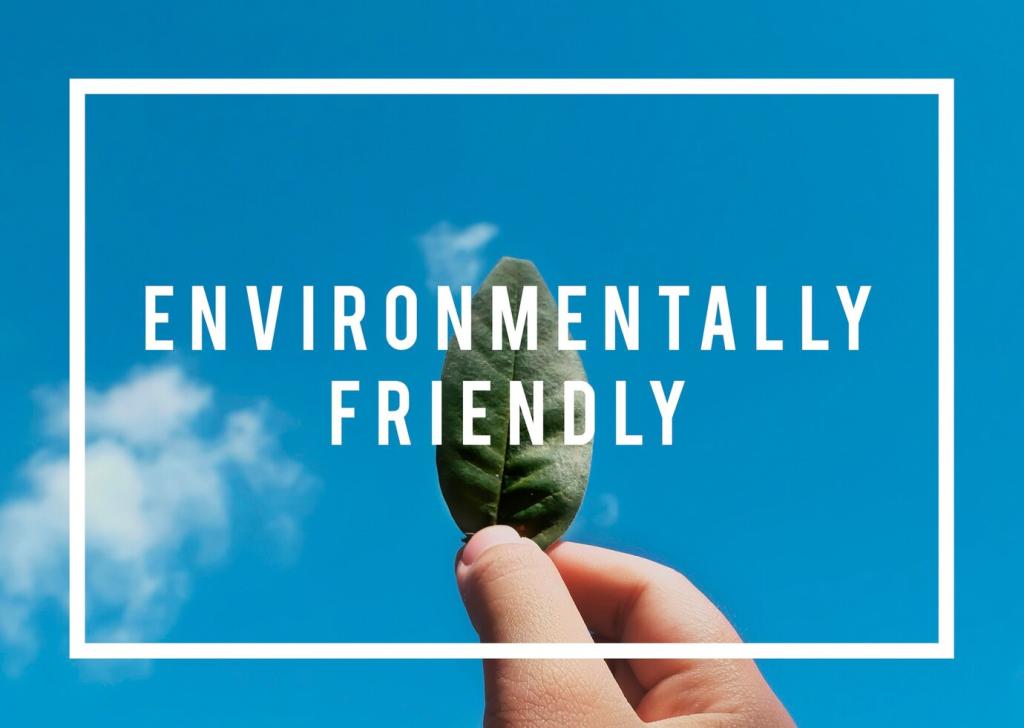High-Conversion Green Calls to Action
Use verbs that describe the specific sustainable behavior: “Refill,” “Repair,” “Return,” “Swap,” “Borrow.” Pair with the immediate win—“Refill and retire one more plastic bottle today.” Ask readers to share a favorite eco-verb we should build into headline tests next week.
High-Conversion Green Calls to Action
Invite small steps: “Try one refill this week,” or “Start a two-item repair list.” Celebrate completion quickly. Encourage readers to commit in the comments and tag a friend who might join them, creating a supportive promise loop that sustains momentum.









